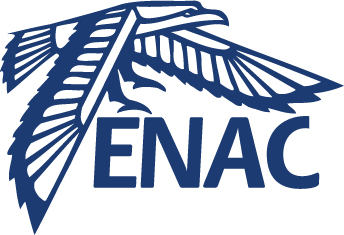Machine Learning Applied to Airspeed Prediction During Climb
Résumé
In this paper, we apply Machine Learning methods to improve the aircraft climb prediction in the context of groundbased applications. Mass and speed intent are key parameters for climb prediction. As they are considered as competitive parameters by many airlines, they are currently not available to groundbased trajectory predictors. Consequently, most predictors today use reference parameters that may be quite different from the actual ones. In our most recent paper ([1]), we have demonstrated that Machine Learning techniques provide a mass estimation significantly more precise than two state-of-the-art mass estimation methods. In this paper, we apply similar techniques to the speed intent. We first build a set of examples by adjusting CAS/Mach speed profile to each climb trajectory in our database. Then, using the adjusted values (ccas; cM) in this database, we learn a model able to predict the (cas;M) values of a new trajectory, using its past points as input. We apply this technique to actual Mode-C radar data and we consider 9 different aircraft types. When compared with the reference speed profiles provided by BADA, the reduction of the speed RMSE ranges from 36 % to 79 %, depending on the aircraft type. Using the predicted mass and speed profile, BADA is used to compute the predicted future trajectory with a 10 minute horizon. When compared with BADA used with the reference parameters, the reduction of the future altitude RMSE ranges from 45 % to 87 %.
| Origine | Fichiers produits par l'(les) auteur(s) |
|---|
Loading...
